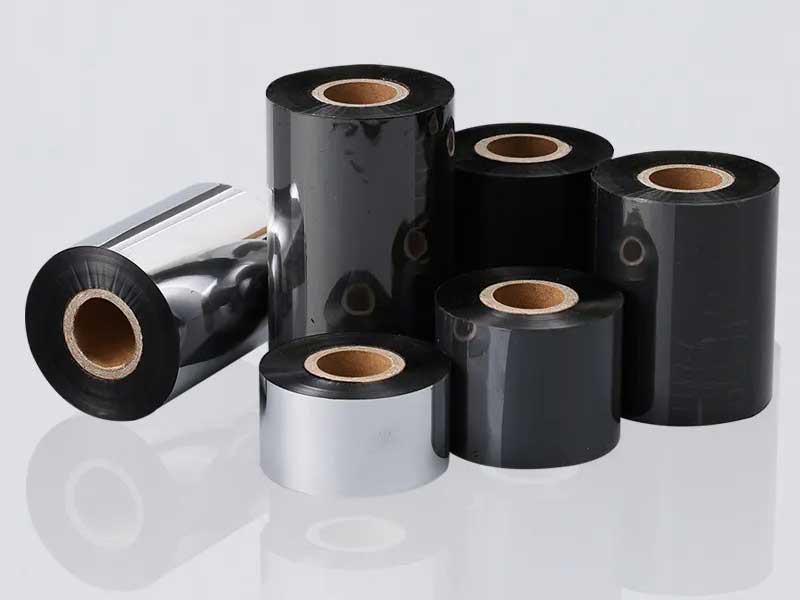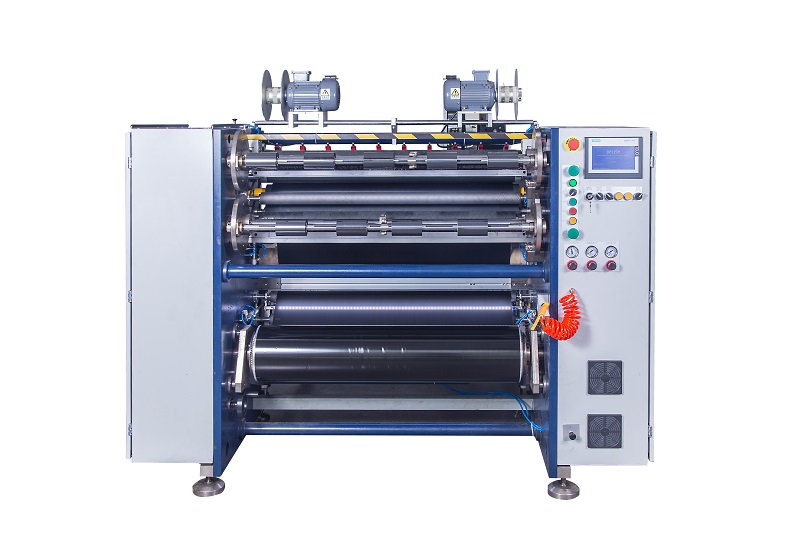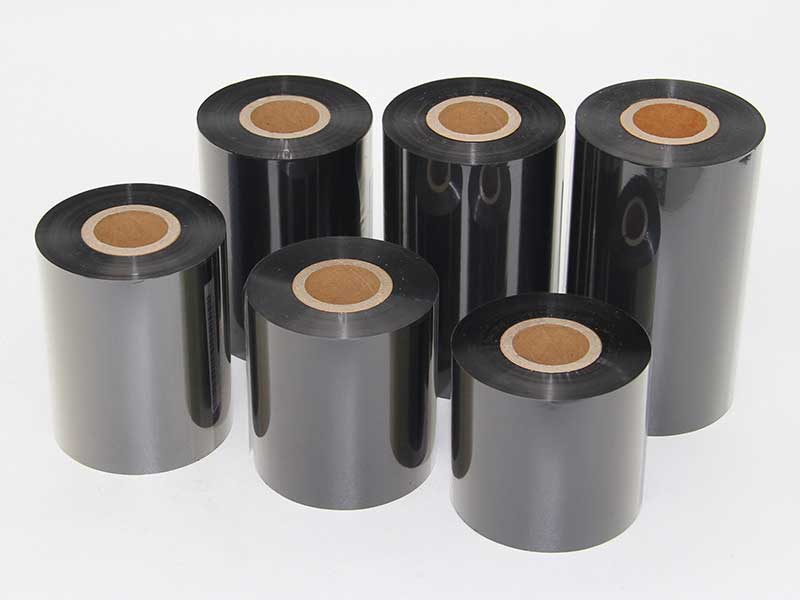
The application of ribbon slitting machine in the printing industry is not limited to making labels and identification, its diverse functions and flexibility make it have a wider range of applications in the printing industry. The following is a detailed analysis of other applications of ribbon slitters in the printing industry:
First, personalized customization and on-demand printing
1. Personalized Labeling & Packaging:
• Ribbon slitter machine can precisely cut ribbons of various shapes and sizes for personalized labels and packaging.
• This is especially important in gift packaging, high-end consumer packaging, etc., which can enhance the added value of products and the purchase experience of consumers.
2. Print on Demand:
• In print-on-demand scenarios, the ribbon slitter can quickly respond and cut out the desired ribbon to meet the needs of instant printing.
• This has a wide range of applications in retail, medical, logistics and other fields to reduce inventory costs and improve response speed.
Second, special material cutting and high-precision printing
1. Special Material Cutting:
• The ribbon slitter is capable of cutting a variety of materials, including tape, cloth, etc., which makes it useful in the field of special material printing.
• For example, in the apparel and footwear industry, ribbon slitting machines can be used to cut patterns and logos for thermal transfer printing, improving the aesthetics and personalization of products.
2. High Precision Printing:
• The high-precision cutting capability of the ribbon slitting machine can ensure that the printed patterns and logos have clear edges and smooth lines.
• This is especially important in the field that requires high-precision printing, such as the production of signs for electronics, medical devices, etc.
Third, production line integration and automated production
1. Production Line Integration:
• Ribbon slitter can be easily integrated into various production lines for automated cutting and printing.
• This can significantly improve production efficiency and reduce costs in industries that require large-scale production and efficient operation, such as automobile manufacturing, electronics manufacturing, etc.
2. Automated production:
• By introducing advanced technologies such as intelligent sensors and automatic control systems, the ribbon slitting machine can achieve automated production and intelligent monitoring.
• This reduces manual intervention and increases the stability and reliability of the production process.
Fourth, environmental protection and sustainable development
1. Eco-friendly material cutting:
• With the increase of environmental awareness, more and more printing industries are starting to use environmentally friendly materials.
• Ribbon slitter is capable of cutting these eco-friendly materials, such as biodegradable plastics, recyclable paper, etc., to support eco-friendly printing.
2. Energy Conservation and Emission Reduction:
• Ribbon slitters are often designed to be energy-efficient and reduce energy consumption and carbon emissions.
• This contributes to the sustainable and green production of the printing industry.
To sum up, the ribbon slitting machine is widely used in the printing industry, not only limited to the production of labels and logos, but also covers personalized customization, special material cutting, high-precision printing, production line integration and automated production, environmental protection and sustainable development and other aspects. These applications make ribbon slitters an indispensable and important tool in the printing industry.

The core criterion for judging the quality of a ribbon slitting machine is its ability to avoid slitting losses.
03. January, 2026
With a wide range of devices on the market, decision-makers are often caught up in the triple factor: price, brand, and performance.
03. January, 2026
how to choose a slitting machine that truly suits your needs? Here are five key points you must know before buying.
03. January, 2026
Finding the reliable way to industrial ribbon slitting machines is a comprehensive practice of precision engineering, intelligent control and system optimization.
02. January, 2026
By mastering these three forces, you will master the weapon to cut out a brilliant future in the fierce competition.
02. January, 2026